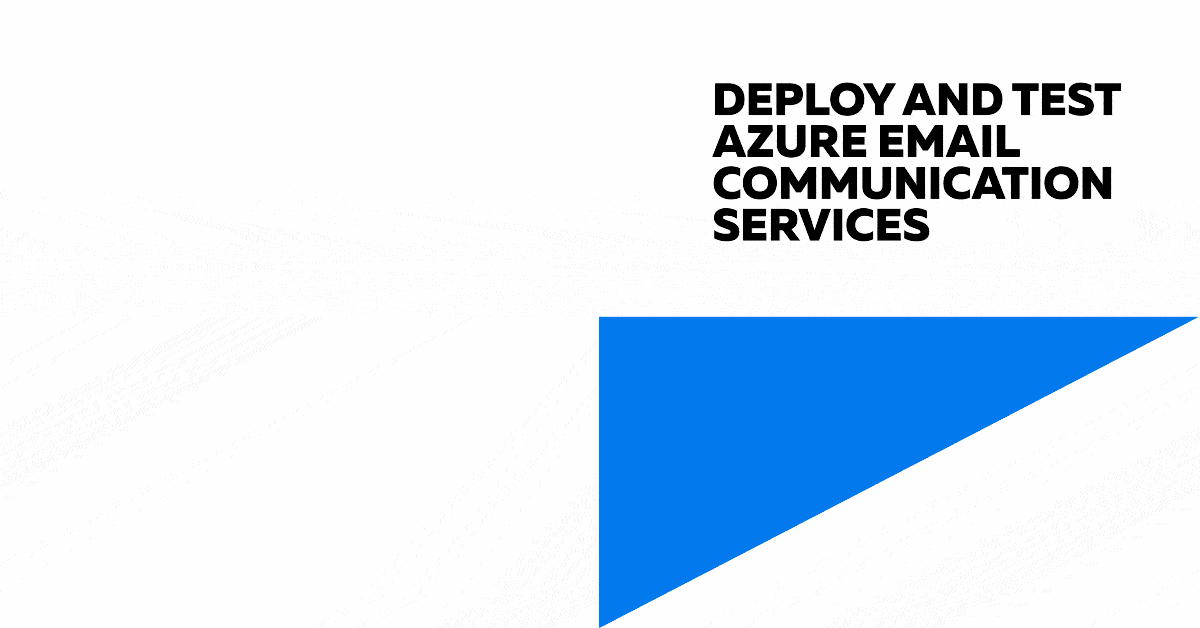Azure Communication Services and PowerShell for Email
Azure Communication Services brings rich communication APIs to all of your apps across any device on any platform, using the same reliable and secure infrastructure that powers Microsoft Teams.
Today, we will explore using Email as part of Azure Communication Services, using the REST API and PowerShell to send an email.

